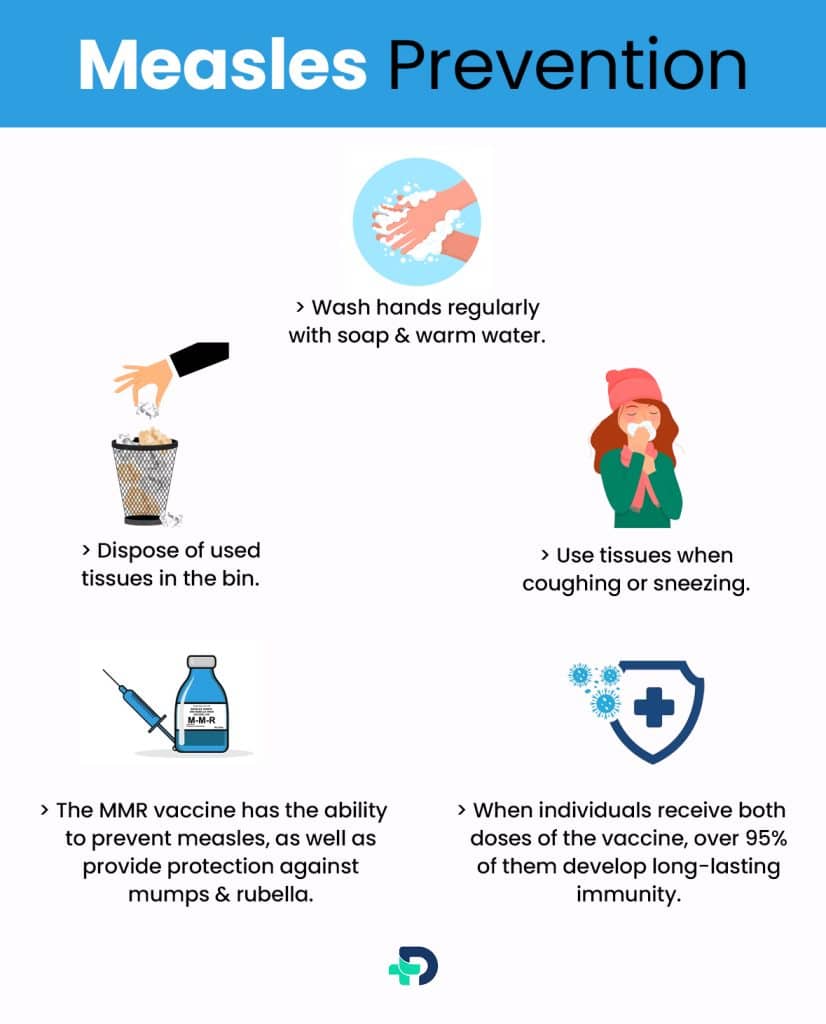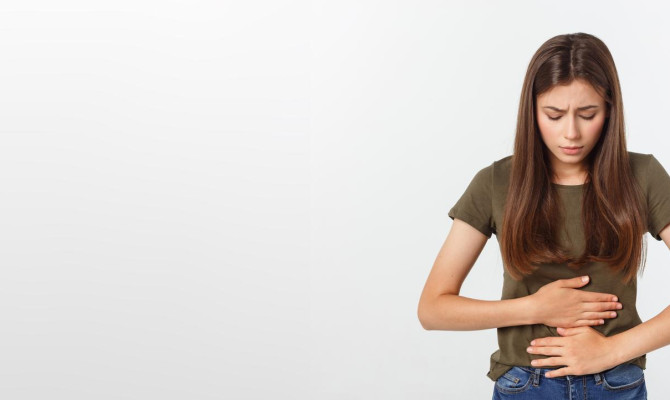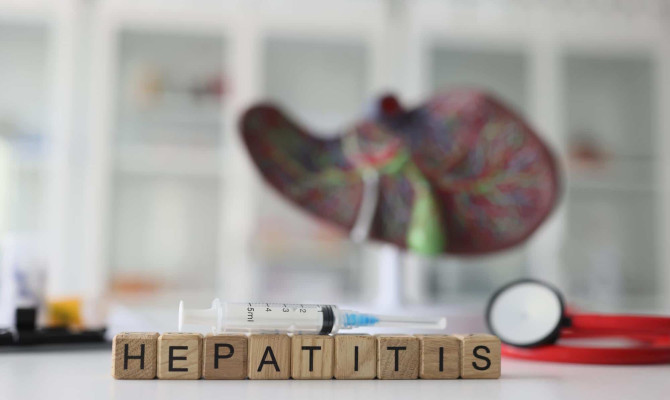Measles: Things you need to know

- Measles
- 17 Aug 2023
Overview
What is Measles?
Measles, alternatively called rubeola, is an avoidable, exceptionally infectious, sudden feverish viral sickness. Measles is caused by an infectious agent, known as the measles virus, a constituent of the Paramyxoviridae family and Morbillivirus classification. It continues to be a significant source of worldwide death and illness, specifically in areas of Africa and Southeast Asia. The measles virus lacks an animal storage place and is found solely in humans. The virus is extremely transmissible, with each instance having the potential to provoke 14 to 18 subsequent cases within vulnerable populations.1Overview| Researched based study from Nlm.nih.gov

Prevalence
- The prevalence of measles differs across various regions worldwide and is shaped by the level of immunization within a specific area.
- Measles remains prevalent, especially in certain regions of Africa and Asia.
- Measles is considered a notifiable disease in many countries, including the United States.
- Around 134,200 fatalities were reported in 2015 as a result of measles.
- Prior to the implementation of extensive vaccination initiatives, measles was responsible for approximately 2.6 million deaths1Overview| Researched based study from Nlm.nih.gov
Types
Types of Measles
There are two major types of measles
- Red measles
- German measles
Red measles
- The presence of a red, patchy rash is a characteristic symptom of this illness, which is also referred to as “10-day measles”. Rubeola virus is the agent that is responsible for this disease.
German measles
- Also known as three-day measles. Rubella virus is the agent that is responsible for this disease. It is typically a mild illness, and about half of those infected may not even realize they have been infected2Types| Researched based study from Betterhealth.vic.gov.au
Symptoms
Symptoms of Measles
- Manifestations of measles typically arise between 7 to 14 days subsequent to contact with the virus and commonly encompass elevated body temperature, cough, nasal discharge, and reddened, teary eyes.
- Approximately 2-3 days after the commencement of symptoms, minuscule pale dots (Koplik spots) might become visible within the oral cavity.
- Approximately three to five days following the appearance of signs, a rash emerges.
- Typically, it initiates as level crimson patches manifesting on the face near the hairline, and subsequently extends downwards towards the neck, torso, limbs, and feet.
- Moreover, slightly elevated protuberances might surface atop the level crimson patches.
- The patches have the potential to merge together as they propagate from the head to other parts of the body.
- Upon the appearance of the rash, an individual’s body temperature may elevate significantly, exceeding 104° Fahrenheit3Symptoms| Researched based study from Cdc.gov
Causes
Causes & Transmission of Measles
- Measles is a disease caused by a viral infection present in the nasal and throat secretions of an individual who is infected.
- Measles primarily spread from person to person through small respiratory droplets released when any affected individual coughs, sneezes, talks loudly, sings, or breathes heavily.
- Someone with measles can pass on the virus a few days before they develop the rash and continue to be contagious for a few days after the rash appears4Causes| Researched based study from Nlm.nih.gov
Diagnosis
Diagnosis of Measles
Measles is identified by evaluating symptoms, conducting a physical examination, and reviewing the individual’s medical history, including vaccination records and travel details.
To confirm the diagnosis, various tests are conducted, including:
- Collection of samples from the nose and throat through swabbing.
- Analysis of a urine sample to detect the virus.
- Conducting a blood test to assess the presence of antibodies.
- Confirming the diagnosis is crucial as it enables public health authorities to follow up on individuals who may have been exposed to the virus and are at risk of infection.
- Individuals with suspected cases should remain at their residence until they receive guidance on whether they have been confirmed as having measles or not.
- It is important for suspected cases to refrain from going for outdoor activities5Diagnosis| Researched based study from Mayoclinic.org
Treatment
Treatment of Measles
Medicines
- Administering acetaminophen or nonsteroidal anti-inflammatory drugs (NSAIDs) such as ibuprofen to alleviate fever, discomfort, and body aches.
- Aspirin is not recommended for individuals who are not yet 16 years old.
- Administering antibiotics is necessary for the management of ocular and ear infections, as well as pneumonia.
- Immune gamma globulin is given for measles to provide temporary protection against the virus; however, individuals should receive the measles vaccination approximately 5 to 6 months later.
- Children with severe measles cases, including those requiring hospitalization, should be provided with vitamin A supplementation.
- Immediate administration of vitamin A upon diagnosis is crucial, and a repeat dose should be given the following day.
Diet
- Refrain from consuming processed foods, such as packaged snacks, white bread, soda drinks, etc.
- Utilize nutritious oils, like olive oil, for cooking purposes.
- Refrain from consuming caffeinated beverages, such as coffee, other stimulants, alcohol, tobacco, etc.
- Omega-3 fatty acids, probiotics, and regular multivitamin supplements can all help those who are nutritionally deficient.
Home Remedies
- Treatment for measles rash typically involves measures to relieve itching and discomfort, such as using soothing lotions, taking cool baths, and keeping the skin hydrated.
- Ensuring an adequate intake of fluids to prevent dehydration.
- Drawing the curtains to assist in minimizing sensitivity to light.
- Utilizing moist cotton pads to cleanse the eyes.
- Abstaining from attending school or work for a minimum of four days from the initial manifestation of the rash.
- A standardized extract of green tea, taken at a daily dosage of 250 to 500 mg, can be consumed. It is advisable to opt for products that are free from caffeine.
- For alleviating itchiness caused by the rash, witch hazel can be applied topically or oatmeal can be incorporated into the bath.
- For antiviral effects, Phyllanthus can be consumed. It is important to note that Phyllanthus can interact with medications for diabetes and lithium. As a result, it is necessary to consult a doctor before using it.
- Aconitum can be utilized for the treatment of abrupt onset symptoms, such as fever, conjunctivitis, dry cough, and restlessness.7Treatment| Researched based study from Cdc.gov ,8Treatment| Researched based study from Mountsinai.org
- Euphrasia can be used to address symptoms of measles, including nasal discharge, redness in the eyes, and excessive tearing6Treatment| Researched based study from Nhsinform.scot
Complications
Complications of Measles
Measles are harmful and can lead to significant illness and pose a potential risk to life.
Complications can arise in as many as one-third of individuals affected by measles, which are mentioned below:
- Middle ear infections
- Gastrointestinal disturbances
- An infection affecting the lungs
- Encephalitis (rare)
- Measles raises the likelihood of complications during pregnancy, including spontaneous pregnancy loss, preterm labor, and newborns with lower-than-average birth weight.
- In very exceptional cases, in individuals who have contracted measles, a condition known as subacute sclerosing panencephalitis (SSPE) can develop.
- SSPE is a gradually progressing brain inflammation that leads to the degeneration of brain tissues and ultimately results in death.
- Typically, SSPE manifests around 7 years following the initial measles infection5Complications| Researched based study from Mayoclinic.org
Risk
Who are at risk?
- Any individual who has not received the measles vaccine or has not acquired immunity through vaccination is susceptible to contracting measles.
- Unvaccinated young children and pregnant individuals are at the greatest peril of experiencing severe complications from the disease.
- In recent times, there has been a change in the affected age groups, with a higher incidence of measles observed among older children and adolescents. This shift can be attributed to the improved coverage of immunization programs and changes in the levels of population immunity across different age ranges.
- Newborn babies receive temporary protection against measles through the transfer of antibodies from their immune mothers. However, as these maternal antibodies gradually decline over time, infants lose their immunity and become vulnerable to measles infection.
- The majority of fatalities resulting from measles occur in countries with limited per capita incomes or fragile healthcare systems that struggle to ensure widespread immunization coverage for children.
- In countries undergoing natural disasters or conflicts, or those in the process of recovery, the compromised state of healthcare infrastructure and services can disrupt routine immunization efforts. This disruption increases the vulnerability to measles infections.
- Moreover, the overcrowded conditions prevalent in residential camps in such circumstances further heighten the risk of contracting the disease9Risk| Researched based study from Who.int
Prevention

Measles Prevention
- Wash hands regularly with soap and warm water.
- Use tissues when coughing or sneezing.
- Dispose of used tissues in the bin.
- Refrain from exchanging utensils, drinking vessels, towels, garments, or bed linens.
- The MMR vaccine has the ability to prevent measles, as well as provide protection against mumps and rubella.
- The MMR vaccine is administered by healthcare professionals in two separate doses.
- The second dose is taken between 5 and 12 years, with the first dose being given between 12 and 15 months.
- When individuals receive both doses of the vaccine, over 95% of them develop long-lasting immunity10Prevention| Researched based study from Nhs.uk ,11Prevention| Researched based study from Mountsinai.org
Prognosis
Prognosis of Measles
- While most people recover from measles without complications, there is a risk of experiencing serious health outcomes.
- Common complications associated with measles infection include middle ear infections and diarrhea.
- Auditory impairment may result from infections in the middle ear.
- Kids under the age of five, people more than 20 years old, expecting mothers, and individuals with weakened immune systems are more susceptible to severe complications.
- Measles can, in extremely uncommon circumstances, result in encephalitis, which affects the brain.
- Very rarely, measles might result in serious consequences, affecting the nervous system or the respiratory system. This can cause serious problems that might be fatal.1Prognosis| Researched based study from Nlm.nih.gov
Takeaway
Key takeaways
- Measles is caused by a highly contagious virus and can spread through respiratory droplets from an infected person.
- Severe consequences from measles are more likely in young children, those who have not had a vaccine, expectant mothers, and people with compromised immune systems.
- Treatment for measles focuses on alleviating symptoms and preventing complications.
- It is crucial to seek medical attention if one suspects that one know has measles, especially if complications like severe cough, difficulty breathing, or signs of dehydration occur.
- The most effective method for staying away from measles is vaccination.
Any feedback on this article?
 This Articles content was accurate
This Articles content was accurate Very Informative Article
Very Informative Article I have a question or a comment
I have a question or a comment
 This article contains inaccurate content
This article contains inaccurate content This article was not helpful
This article was not helpful I have a question or a comment
I have a question or a comment
We appreciate your helpful feedback!
Checkout our social pages
References
-
National Library of Medicine
Measles | Overview | Prognosis
-
Better Health Channel
Measles | Types
-
Centers for Disease Control and Prevention
Measles | Symptoms
-
National Library of Medicine
Rubeola (Measles) |
-
Mayo Clinic
Measles | Diagnosis | Complications
-
NHS inform
Measles | Treatment
-
Centers for Disease Control and Prevention
Measles-For Healthcare Providers | Treatment
-
Mount Sinai
Measles | Treatment
-
World Health Organization
Measles-Factsheet | Risk
-
National Health Service
Measles | Prevention
-
Mount Sinai
Measles | Prevention





































